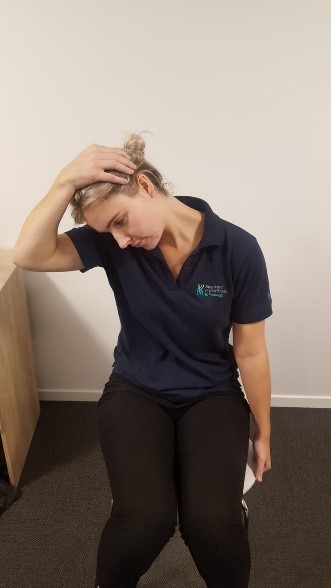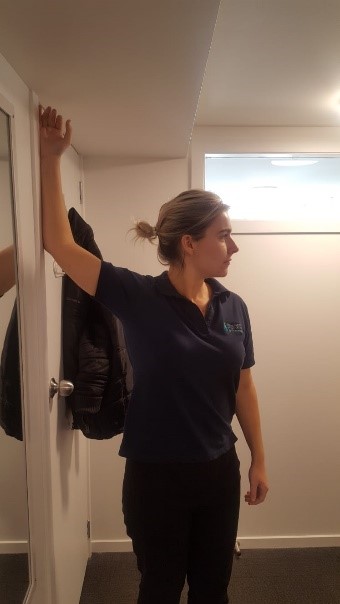26 Mar Postural Dysfunction
Posture typically refers to how the body positions itself as a whole. “Good” posture indicates a certain positioning, with alignment of the neck, torso, pelvis, arms and legs in such a manner that our “natural” spinal curves remain neutral, or not bent, as we sit, stand or move about.
“Poor” posture is defined as when our spine is carried or positioned in unnatural positions, in which the curves are accentuated, thus positioning the joints, muscles and vertebrae in stressful positions.
Here at Kingsland Physiotherapy we often hear our patients mention their poor posture throughout their working day. We find that its very important to reassure our patients that it is not necessarily the poor posture/habits that can cause injury or bring on pain but in fact the length of time you spend in that posture. It is important that we know the optimal sitting/standing positions (see tips below).
• Eye level at the top of the monitor screen, ensuring to keep the neck in a neutral position
• Elbows and Hips roughly positioned at 90 degrees
• Sit into the back of your chair
• Ankles roughly under the knees or use can use leg rest if provided
• Maintain wrists in neutral, supports can assist with this
However, we do understand that these “Good postures” can be challenging to maintain throughout the day. That is why we have provided you with some helpful tips that will encourage you to move throughout the day and ensure you aren’t fixed into a “poor posture” for an extended period of time.
1. Take a break every 30-60 mins- Whether its to stand up to do a few stretches or take a walk across the office, time away from your desk can also be a good break for the brain!
2. Drink Water- Drink plenty of fluids throughout your day, reduce caffeine intake if able
3. Walk over to a colleague with a message instead of sending an email
4. Organise a lunch time activity- Enquire to see if there are any local gym classes or try and take a walk in the local park
5. Always eat your lunch away from the desk
6. Step challenge- Challenge a colleague to see who can reach the desired 10,000 steps first
7. Stretch regularly throughout the day-see some stretches below
Neck Stretch

Chin Tuck

Pec Stretch

For easy stretches that you can perform at your desk please see the link to the video we created below.
Happy Thursday everyone! Here are some tips for those who have desk jobs. Evidence has supported changing position or getting up for a stretch when sitting for prolonged periods of time. You can try these exercises regularly in the day, they shouldn't be painful. Try them slowly, hold them and then relax. Just go to what is comfortable, don't force the stretch. If you have any questions about work based exercises and postures at work contact us today!
Posted by Kingsland Physiotherapy on Wednesday, 24 July 2019
We here at Kingsland Physiotherapy understand the integral part workplace wellbeing plays in the working environment and are happy to help you and your workplace with any of your queries or challenges.
Please find some useful links
• https://www.healthnavigator.org.nz/search/?q=posture
• https://www.healthnavigator.org.nz/search/?q=desk&p=2
• McAlpine DA, Manohar CU, McCrady SK, et al An office-place stepping device to promote workplace physical activityBritish Journal of Sports Medicine 2007;41:903-907. Available on: https://bjsm.bmj.com/content/41/12/903
• https://www.nhs.uk/live-well/healthy-body/how-to-sit-correctly/
• http://www.habitatwork.co.nz/




No Comments